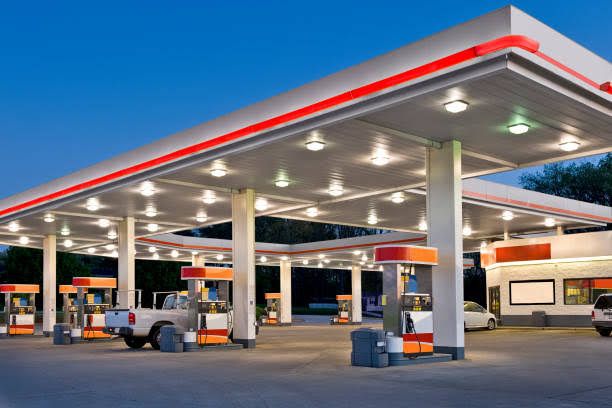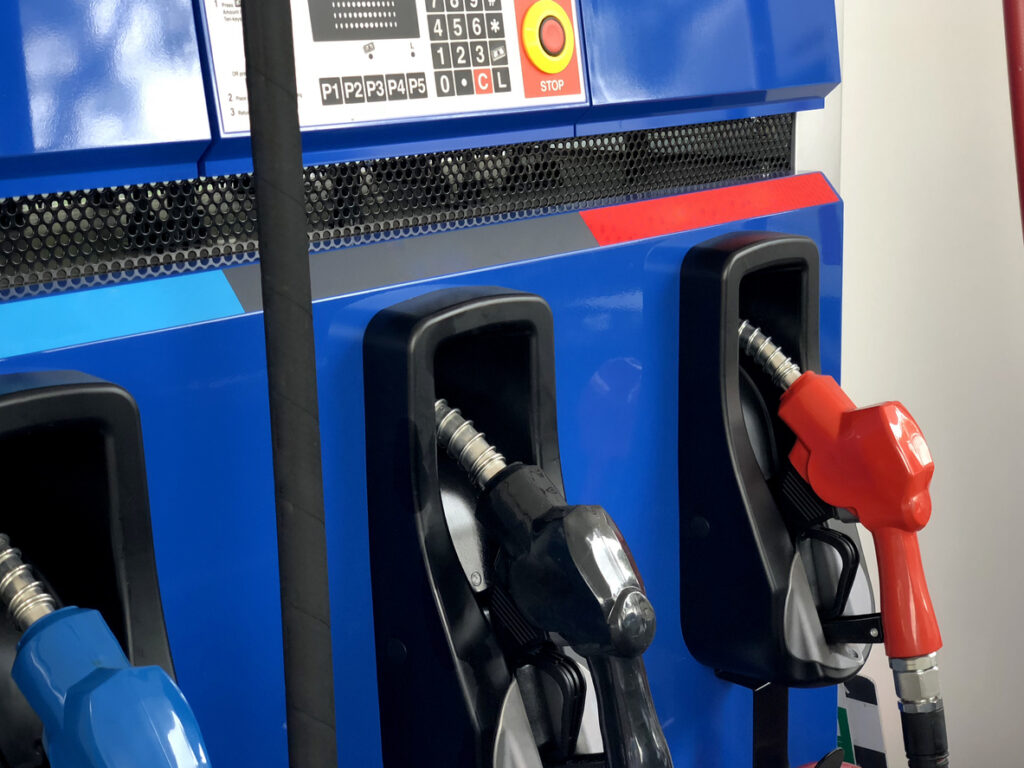The Gasoline Pump: Evolution, Technology, and Impact

The gasoline pump, an indispensable fixture of modern life, represents far more than a mere convenience for motorists—it embodies a complex interplay of technology, economics, and environmental considerations. From its humble beginnings as a simple hand-operated device dispensing fuel to today’s sophisticated systems offering multiple fuel options and advanced features, the gasoline pump has undergone significant evolution. This article explores the history, technological advancements, environmental impact, and future trends of the gasoline pump, highlighting its pivotal role in the global energy landscape.
Introduction
The gasoline pump, also known as a fuel dispenser or petrol pump (especially in British English), is a mechanical device used to dispense gasoline (petrol), diesel, or other fuels into vehicles or containers. Beyond its functional role in fuel distribution, the gasoline pump symbolizes the global reliance on fossil fuels and the ongoing quest for energy efficiency and sustainability.
Historical Evolution
The evolution of the gasoline pump traces back to the late 19th century, coinciding with the rise of automobiles and the demand for convenient fueling stations. Early gasoline pumps were rudimentary in design, consisting of hand-operated pumps and glass cylinders that measured the amount of fuel dispensed. These pumps were often located in general stores or hardware shops that sold kerosene and other petroleum products.
The transition to motorized vehicles and the mass production of automobiles in the early 20th century spurred the development of more efficient and specialized gasoline pumps. Manufacturers such as Wayne, Gilbarco, and Tokheim emerged as leaders in pump technology, introducing innovations such as electric pumps, automatic shut-off mechanisms, and metered dispensing systems.
Technological Advancements
Over the decades, technological advancements have revolutionized the design and functionality of gasoline pumps, enhancing both efficiency and user convenience:
- Electronic and Computerized Systems: Modern gasoline pumps are equipped with electronic controls and computerized systems that monitor fuel flow, calculate transactions, and manage inventory. These systems ensure accurate dispensing, prevent fuel spills, and improve operational efficiency for fuel station operators.
- Multiple Fuel Options: In response to diversifying energy needs, many gasoline pumps now offer multiple fuel options beyond traditional gasoline and diesel. This includes ethanol blends, biodiesel, compressed natural gas (CNG), and electric vehicle (EV) charging stations, reflecting a shift towards alternative fuels and cleaner energy sources.
- Payment Integration: Gasoline pumps have integrated payment systems, allowing customers to pay with credit or debit cards, mobile payment apps, and fleet cards. This convenience streamlines transactions and enhances security for both consumers and fuel retailers.
- Environmental Compliance: Modern gasoline pumps are designed to meet stringent environmental regulations regarding emissions control and fuel vapor recovery. Vapor recovery systems capture harmful vapors emitted during fueling, reducing air pollution and minimizing the environmental impact of gasoline consumption.
- User Interface and Accessibility: User-friendly interfaces with touchscreen displays, multilingual options, and audio prompts cater to diverse customer needs and improve accessibility for all users, including those with disabilities.
Environmental Impact
The widespread use of gasoline pumps and the combustion of fossil fuels they facilitate have significant environmental implications:
- Air Pollution: The combustion of gasoline and diesel fuels releases pollutants such as carbon dioxide (CO2), nitrogen oxides (NOx), particulate matter (PM), and volatile organic compounds (VOCs) into the atmosphere. These pollutants contribute to air quality degradation, smog formation, and adverse health effects on humans and wildlife.
- Climate Change: Gasoline combustion is a major contributor to greenhouse gas emissions, primarily CO2, which contributes to global climate change and global warming. Efforts to reduce carbon emissions from gasoline pumps include promoting alternative fuels, improving fuel efficiency, and transitioning to electric vehicles.
- Spills and Contamination: Accidental spills and leaks from gasoline pumps can contaminate soil, groundwater, and surface water, posing environmental risks and requiring costly cleanup efforts. Proper maintenance and spill prevention measures are essential to mitigate these risks and protect natural ecosystems.
- Regulatory Compliance: Gasoline pumps must comply with strict environmental regulations and safety standards enforced by government agencies. These regulations aim to minimize environmental impact, promote fuel efficiency, and ensure the safe operation of fueling facilities.
Future Trends and Innovations

Looking ahead, the future of gasoline pumps is shaped by emerging technologies and shifting consumer preferences towards sustainability and renewable energy:
- Electric Vehicle Charging Infrastructure: The rise of electric vehicles (EVs) is driving the expansion of EV charging stations at gasoline pumps and fueling stations. This integration supports the transition to cleaner transportation alternatives and reduces dependence on fossil fuels.
- Hydrogen Fueling Stations: Hydrogen fuel cell vehicles represent another promising alternative to gasoline-powered vehicles. Hydrogen fueling stations, equipped with specialized pumps and storage systems, are being developed to support the growing demand for hydrogen-powered vehicles.
- Smart Technology Integration: Advances in Internet of Things (IoT) technology and artificial intelligence (AI) are enhancing the connectivity and efficiency of gasoline pumps. Smart pumps equipped with sensors and predictive analytics optimize fuel management, monitor equipment performance, and improve customer service.
- Biofuels and Renewable Energy: Increased use of biofuels such as ethanol and biodiesel, derived from renewable sources such as corn, sugarcane, and algae, reduces reliance on fossil fuels and lowers carbon emissions. Gasoline pumps that offer biofuel blends contribute to sustainability efforts and promote energy diversification.
- Green Certification and Sustainability Initiatives: Fuel retailers are increasingly adopting green certification programs and sustainability initiatives to reduce environmental impact and promote eco-friendly practices. This includes energy-efficient pump technologies, renewable energy integration, and carbon offset programs.
Conclusion
The gasoline pump, a cornerstone of modern transportation infrastructure, has evolved from simple hand-operated devices to sophisticated fuel dispensing systems equipped with advanced technology and environmental safeguards. As global energy demands and environmental concerns continue to evolve, gasoline pumps play a pivotal role in shaping the future of transportation, energy efficiency, and sustainability. By embracing technological innovations, promoting alternative fuels, and enhancing environmental stewardship, the gasoline pump industry can contribute to a cleaner, more sustainable energy future for generations to come.
